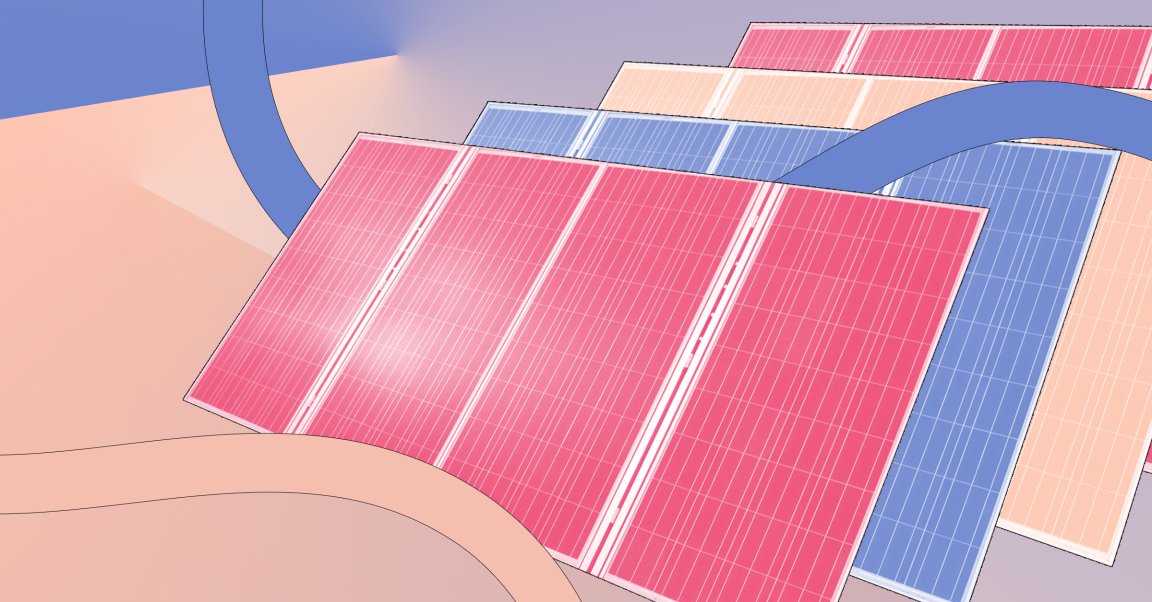
The government of South Australia, which changed hands after an election this March, just announced that it would move forward with the previous regime’s agreement with Tesla to install solar panels on 1,100 houses, according to ABC.
The original deal – to create what’s being called the world’s largest virtual power plant – was first struck in February between Tesla and South Australia’s then-dominant Labor Party. But when Steven Marshall of the Liberal Party was elected Premier of South Australia, it was unclear if the government would honor that agreement, or move forward with the Liberal Party’s own plan to subsidize 40 thousand home battery units to bring renewable energy to people who couldn’t otherwise afford it.
In good news for clean energy innovation, the government decided to do both.
The Tesla plan, funded by a two million dollar grant and 30 million dollar loan from the Australian state’s government, could scale up to 50 thousand solar-powered home batteries if the earlier stages are successful. In addition to the Liberal Party’s own 100 million dollar program — which would subsidize about 2,500 dollars of installation costs per household — this means that South Australia may have a grid of some 90 thousand solar-powered homes within the next few years.
If everything goes as planned this could make South Australia a world leader. It could also be a major proving ground, not just for renewable energy, but also for decentralized “virtual” power plants – a new type of energy infrastructure that’s gained some popular traction lately.
Right now, almost all of our electricity is generated in real time by power plants that produce enough power to meet demand, but can’t really store any extra for later. A distributed network of home-based generators hooked up to batteries would, advocates argue, be able to provide for the energy needs of that community without putting extra demand on the power plants in that area. And doing so with a network of solar panels hooked up to battery units would let them do so without any greenhouse gas emissions, aside from those given off while producing the solar panels themselves.
The network of batteries would help the community stay powered even in spite of that annoying, anti-solar talking point “lol what happens if its cloudy,” and would also help distribute energy if one house needs (or produces) a little extra power.
There’s a lot that needs to happen before South Australia gets off the grid and starts powering itself with Tesla’s solar cells, but the government’s continued support for low-cost renewable energy is a good sign for the environment and a future increasingly powered by clean energy.